According to the latest figures from the European Biogas Association’s (EBA), the number of anaerobic digestion (AD) plants producing biomethane gas across Europe jumped by 30% in the last two years.
As of April 2023 1,322 AD plants were producing the renewable gas, up from 1,023 in 2021. This upward trend has continued since the association’s previous reports in 2020 and 2018, which recorded 729 and 483 biomethane plants respectively.
Official production data from 2021 records a total of 3.5bn cubic metres (bcm) biomethane output, with updates for 2022 expected to show a significant hike. France, Denmark, and Germany showed the most substantial growth in 2021, while Germany, the UK, Denmark, France, the Netherlands, and Italy were the top biomethane producers. These countries have connected most of their plants directly to the transport or distribution gas networks.
However, under EU’s RePowerEU plan, some 35bcm of biomethane capacity will have to be developed across the bloc by 2030, a significant challenge for all EU countries.
Developing at pace
The Irish Farmers Journal recently met Harmen Dekker, CEO of the EBA, in Brussels where he affirmed the rapid growth of the biomethane industry across Europe.
He noted that a considerable amount of the 20,000 AD plants across Europe, which are currently producing around 15bcm of biogas for electricity generation, are transitioning towards biomethane production.
He also explained that the European biomethane market is thriving, fuelled by sectors with high gas demand requirements that view biomethane as a key pathway to decarbonise their operations. Dekker attributes much of this growing development to the EU’s RePowerEU and sustainability goals.
He also explained that there is an increasing trend towards using organic waste, agricultural residue, cover crops, sludge, etc as feedstock for AD plants, with virtually no new plants relying solely on crops anymore.
EU change
The pace and volume of change across the EU is rapid. In the past month alone, European nations like Estonia and Poland are intensifying measures to increase renewable energy production, specifically focusing on biomethane. Estonia’s revised €953m recovery and resilience plan, recently approved by the European Commission, includes reforms and investments aiming to facilitate sustainable biogas and biomethane development.

Map of all producers of biomethane in Europe.
Meanwhile, Poland’s government has updated the Renewable Energy Sources Act to better support biomethane projects. The amendment sets out a clear definition of biomethane and extends subsidy support to all types of biomethane fed into the gas grid.
They also added in a new chapter in the bill which outlines specific requirements for the support mechanism for biomethane production. The support scheme will be based on a feed-in-premium system, allowing biomethane producers to sell on the market.
Ireland focuses
on hydrogen
While acknowledging the immense potential of biomethane in Ireland, Dekker raised concerns about the country’s sluggish pace of development. Despite the Irish Government setting a significant target of 5.7 terawatt hours (TWh) of biomethane by 2030, our efforts have been lacklustre compared to other EU member states. On the other hand, there seems to be a considerable focus on hydrogen. Just last week, Ireland and Germany signed a joint declaration to collaborate on green hydrogen production.

The government plans to allocate two gigawatts of offshore wind energy for hydrogen production
By 2030, Ireland aims to generate 6TWh of zero-carbon hydrogen, which would meet 10% of the electricity sector’s energy needs, 21% of industry needs, or 6-7% of total transport needs. In contrast, Germany, as a net energy importer, estimates that it will only be able to produce 20-30% of its hydrogen requirements by 2030, prompting the country to seek partnerships for hydrogen imports. Taking advantage of our abundant offshore wind energy resources, the Government plans to allocate two gigawatts of offshore wind energy for hydrogen production, which could significantly contribute to our renewable energy targets.
However, it should be noted that large-scale hydrogen production is not expected until the 2030s, and there are still uncertainties surrounding the production cost and price of the renewable gas. These issues will need to be resolved in the years to come. On the other hand, biomethane is a fuel option which could be deployed today. With a small amount of biomethane molecules already flowing through the network, its technical feasibility has been well demonstrated.
Furthermore, the Government has expressed its intention to develop an agriculture-centric AD model, which would ensure farmers play a central role in the industry by owning, operating, and supplying the plants. Such opportunities will likely be limited in the evolving hydrogen economy.
The author Stephen Robb is currently involved in a family/community proposal for an anaerobic digestion facility in Co Donegal.
According to the latest figures from the European Biogas Association’s (EBA), the number of anaerobic digestion (AD) plants producing biomethane gas across Europe jumped by 30% in the last two years.
As of April 2023 1,322 AD plants were producing the renewable gas, up from 1,023 in 2021. This upward trend has continued since the association’s previous reports in 2020 and 2018, which recorded 729 and 483 biomethane plants respectively.
Official production data from 2021 records a total of 3.5bn cubic metres (bcm) biomethane output, with updates for 2022 expected to show a significant hike. France, Denmark, and Germany showed the most substantial growth in 2021, while Germany, the UK, Denmark, France, the Netherlands, and Italy were the top biomethane producers. These countries have connected most of their plants directly to the transport or distribution gas networks.
However, under EU’s RePowerEU plan, some 35bcm of biomethane capacity will have to be developed across the bloc by 2030, a significant challenge for all EU countries.
Developing at pace
The Irish Farmers Journal recently met Harmen Dekker, CEO of the EBA, in Brussels where he affirmed the rapid growth of the biomethane industry across Europe.
He noted that a considerable amount of the 20,000 AD plants across Europe, which are currently producing around 15bcm of biogas for electricity generation, are transitioning towards biomethane production.
He also explained that the European biomethane market is thriving, fuelled by sectors with high gas demand requirements that view biomethane as a key pathway to decarbonise their operations. Dekker attributes much of this growing development to the EU’s RePowerEU and sustainability goals.
He also explained that there is an increasing trend towards using organic waste, agricultural residue, cover crops, sludge, etc as feedstock for AD plants, with virtually no new plants relying solely on crops anymore.
EU change
The pace and volume of change across the EU is rapid. In the past month alone, European nations like Estonia and Poland are intensifying measures to increase renewable energy production, specifically focusing on biomethane. Estonia’s revised €953m recovery and resilience plan, recently approved by the European Commission, includes reforms and investments aiming to facilitate sustainable biogas and biomethane development.

Map of all producers of biomethane in Europe.
Meanwhile, Poland’s government has updated the Renewable Energy Sources Act to better support biomethane projects. The amendment sets out a clear definition of biomethane and extends subsidy support to all types of biomethane fed into the gas grid.
They also added in a new chapter in the bill which outlines specific requirements for the support mechanism for biomethane production. The support scheme will be based on a feed-in-premium system, allowing biomethane producers to sell on the market.
Ireland focuses
on hydrogen
While acknowledging the immense potential of biomethane in Ireland, Dekker raised concerns about the country’s sluggish pace of development. Despite the Irish Government setting a significant target of 5.7 terawatt hours (TWh) of biomethane by 2030, our efforts have been lacklustre compared to other EU member states. On the other hand, there seems to be a considerable focus on hydrogen. Just last week, Ireland and Germany signed a joint declaration to collaborate on green hydrogen production.

The government plans to allocate two gigawatts of offshore wind energy for hydrogen production
By 2030, Ireland aims to generate 6TWh of zero-carbon hydrogen, which would meet 10% of the electricity sector’s energy needs, 21% of industry needs, or 6-7% of total transport needs. In contrast, Germany, as a net energy importer, estimates that it will only be able to produce 20-30% of its hydrogen requirements by 2030, prompting the country to seek partnerships for hydrogen imports. Taking advantage of our abundant offshore wind energy resources, the Government plans to allocate two gigawatts of offshore wind energy for hydrogen production, which could significantly contribute to our renewable energy targets.
However, it should be noted that large-scale hydrogen production is not expected until the 2030s, and there are still uncertainties surrounding the production cost and price of the renewable gas. These issues will need to be resolved in the years to come. On the other hand, biomethane is a fuel option which could be deployed today. With a small amount of biomethane molecules already flowing through the network, its technical feasibility has been well demonstrated.
Furthermore, the Government has expressed its intention to develop an agriculture-centric AD model, which would ensure farmers play a central role in the industry by owning, operating, and supplying the plants. Such opportunities will likely be limited in the evolving hydrogen economy.
The author Stephen Robb is currently involved in a family/community proposal for an anaerobic digestion facility in Co Donegal.







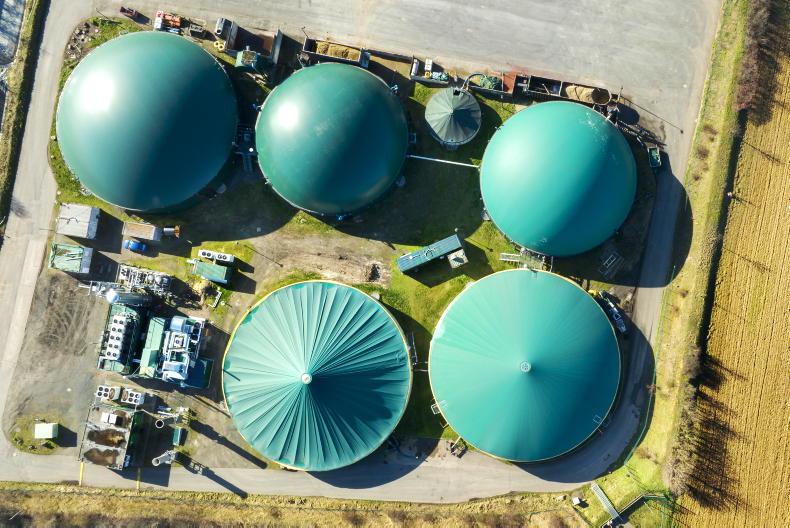
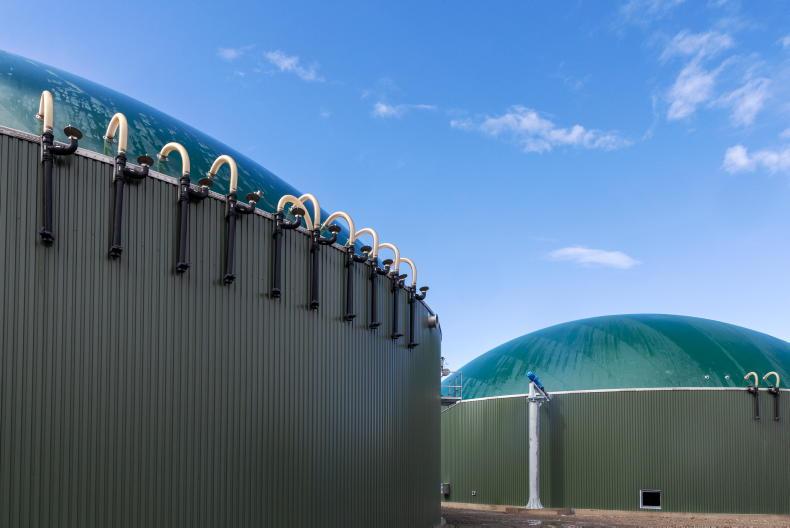
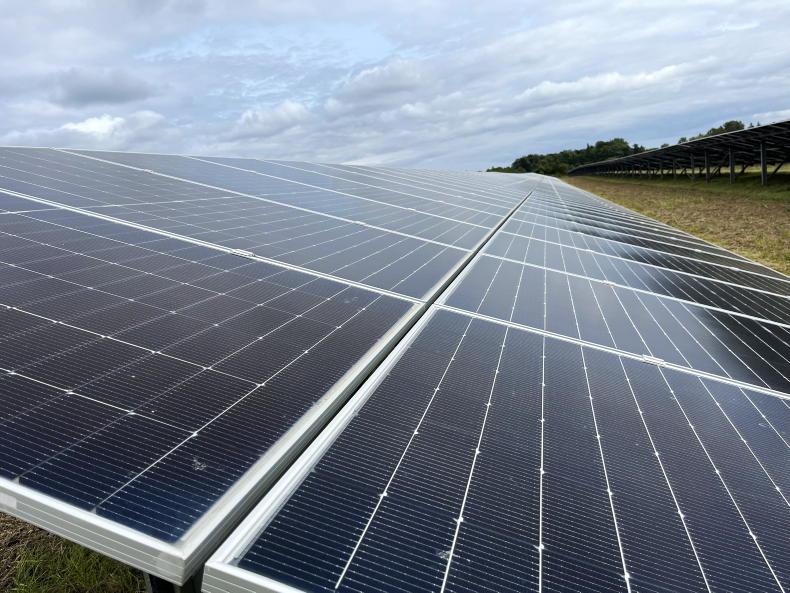
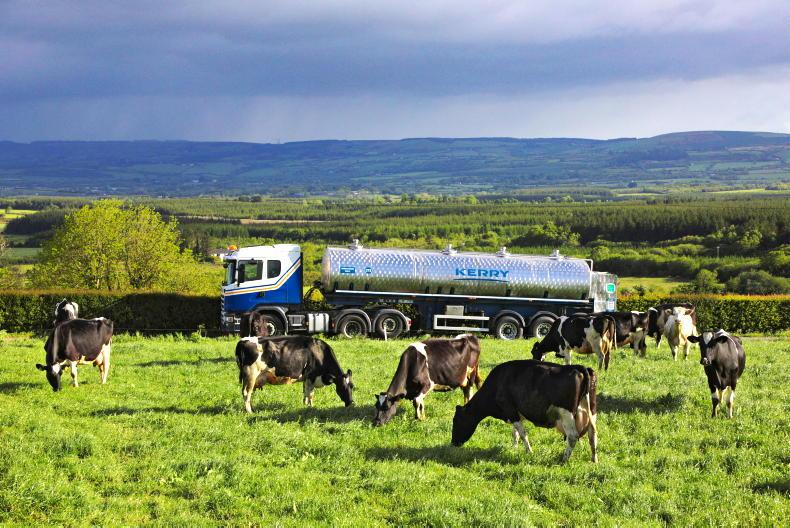
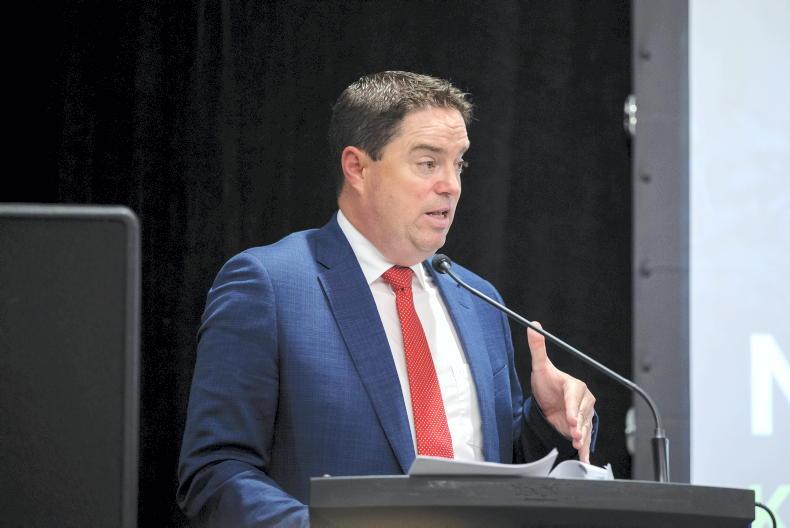
SHARING OPTIONS